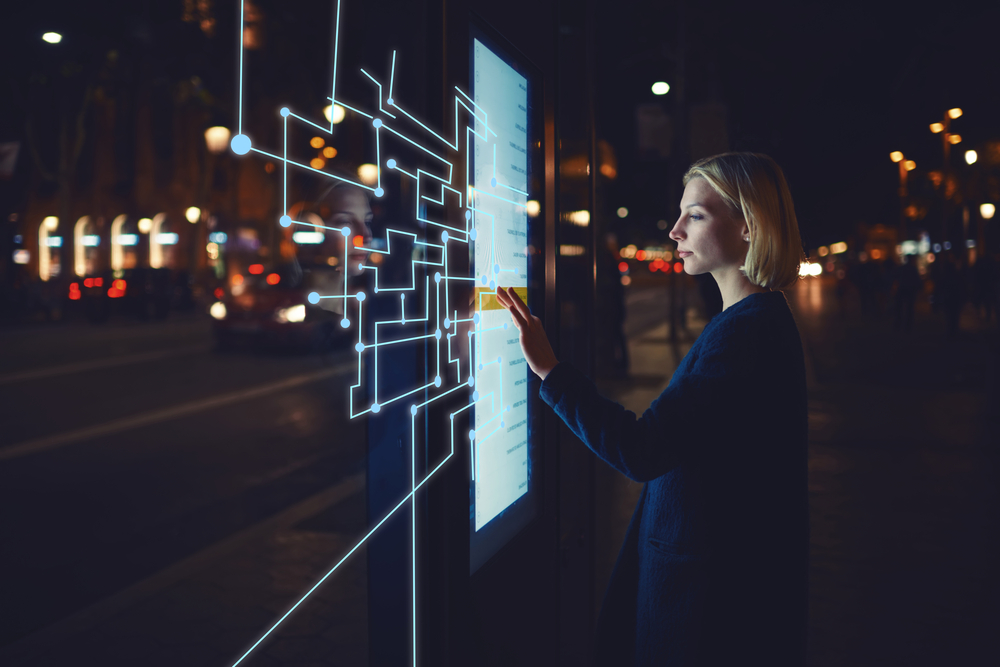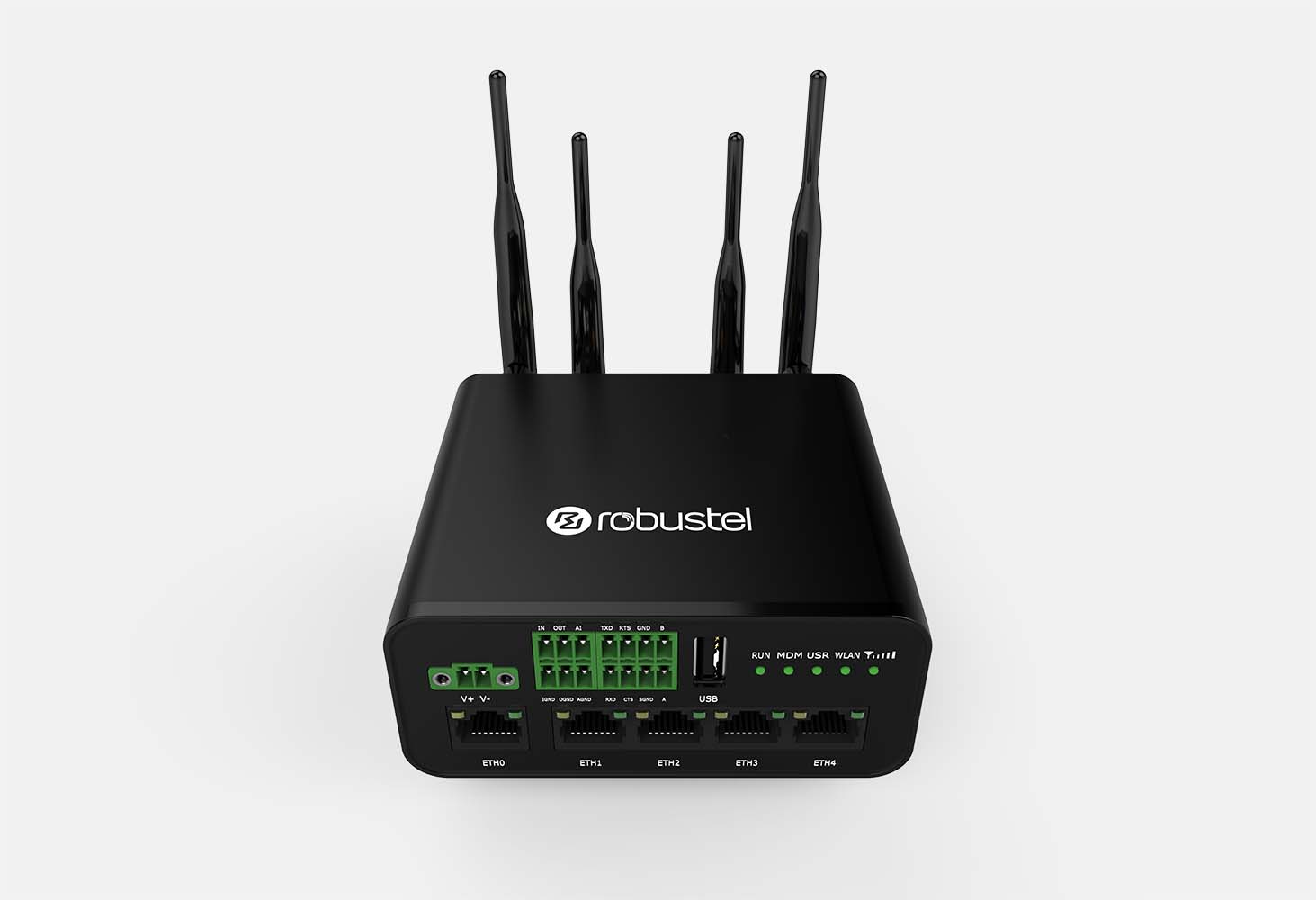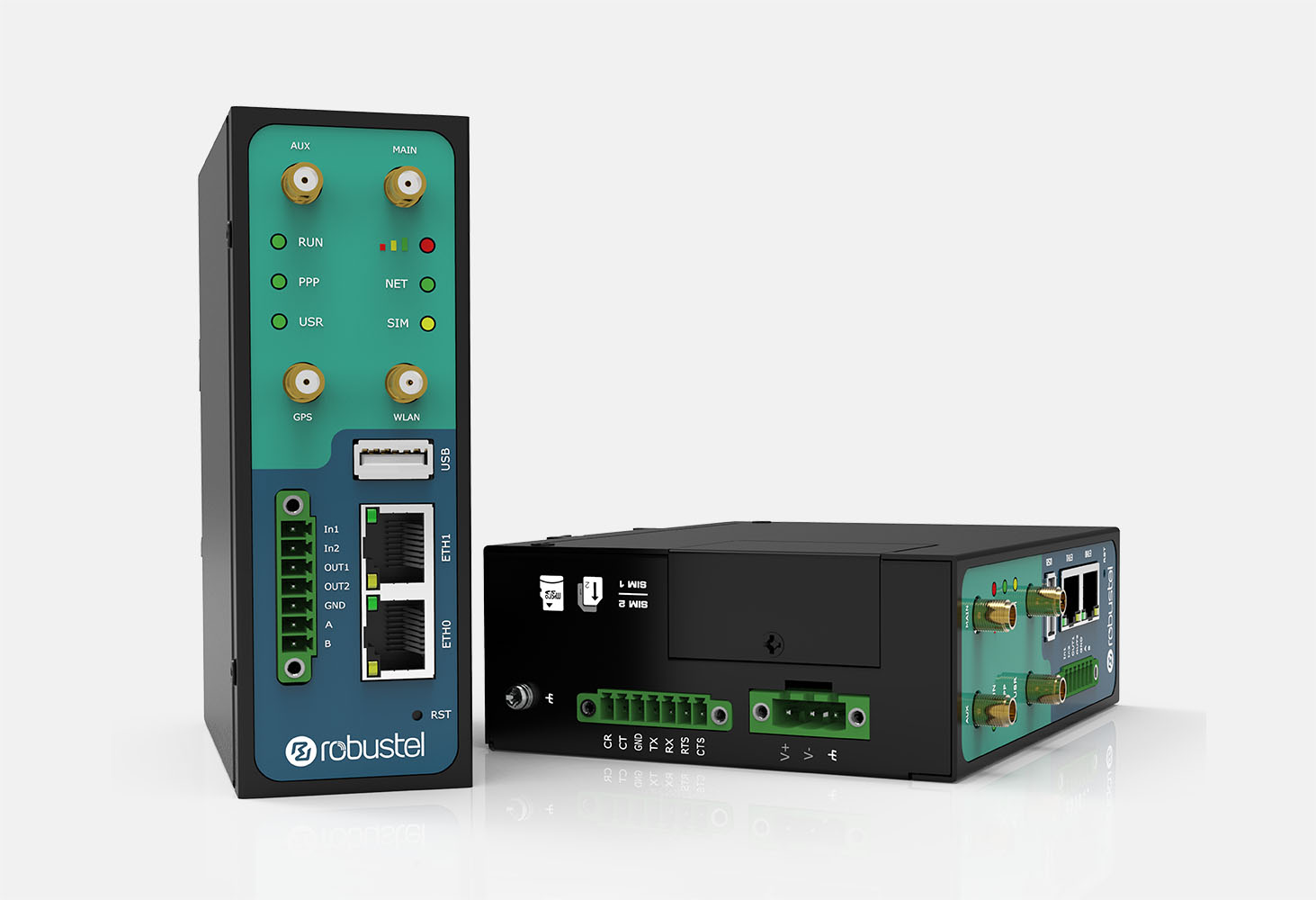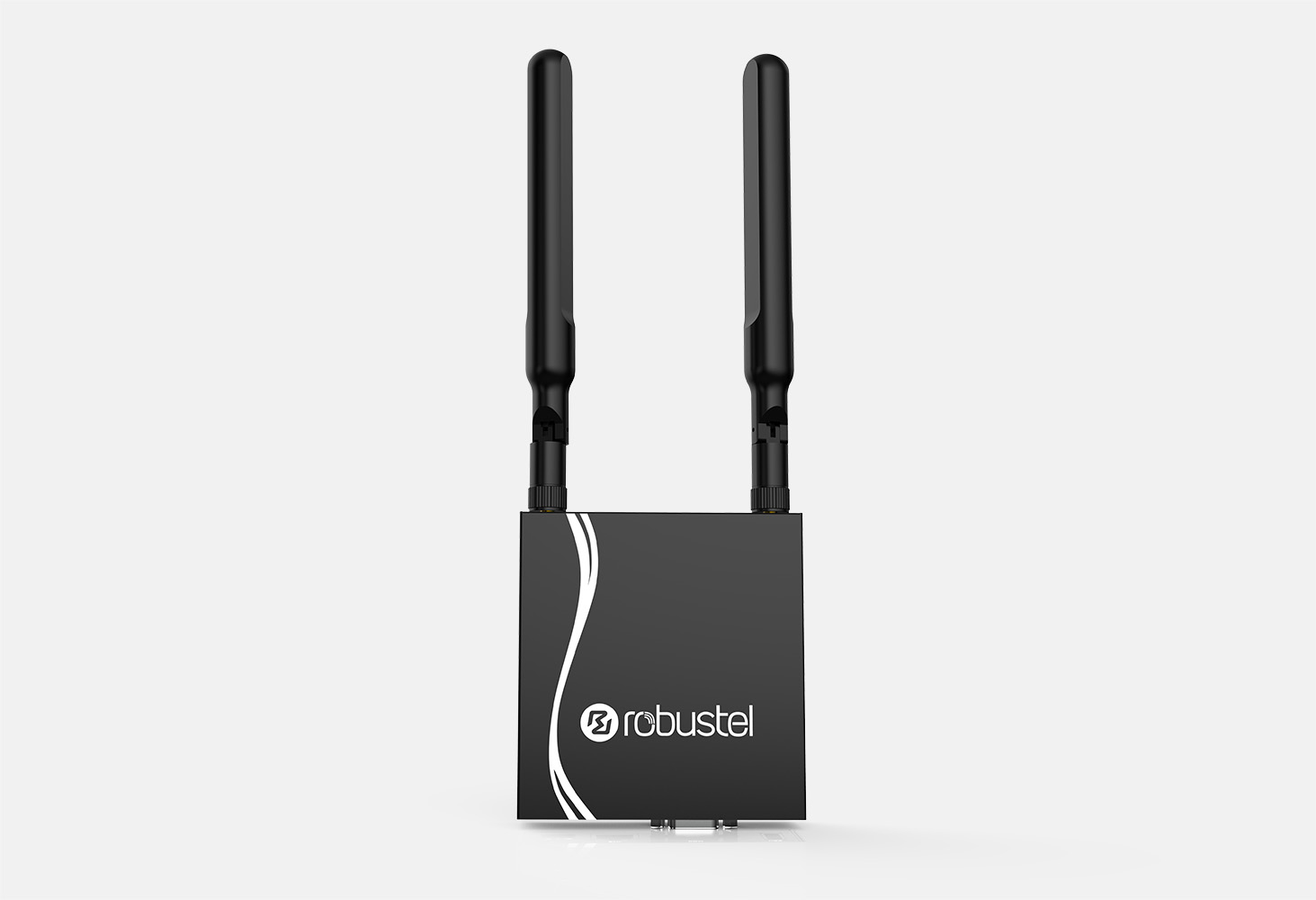Cities have evolved well beyond simple systems of roads, bridges and buildings. Now, these urban environments are interconnected webs of networks and technologies, all designed to make the lives of residents easier. These smart cities leverage Internet of Things (IoT) technologies to improve efficiency and safety, such as lowered traffic congestion and safer public spaces. Here’s an in-depth look into five problems that smart cities solve.
1. Traffic and congestion
Traffic congestion is an all too familiar problem for city roads. Unexpected delays and traffic jams can make getting around the city difficult at any pace, let alone during peak hours.
Smart cities networks are created with sensors and monitoring systems that collect data on traffic and environmental conditions. That data is transferred through a network to a centralised database. From there, traffic controllers and authorities can use this information to predict traffic flows, find solutions like traffic diversions or re-configuring traffic light sequences to ensure better flow of traffic.
Another way to cut down on congestion is through better management of parking. Sensors can be used to provide real-time data from connected parking lots - showing how many spaces are available. That means fewer cars are circling as they look for parking, effectively helping to keep traffic moving smoothly.
2. A smart city solution for public safety
One of the biggest benefits of smart cities is their ability to improve public safety - namely with increased monitoring. Smart city technologies like surveillance cameras have always been at the centre of safety initiatives. However, they can also be a burden to sift through the large volume of recorded footage. Smart cities are streamlining these surveillance operations.
Imagine a city where video surveillance cameras were already connected to a network that could send alerts, in real-time, to authorities. Not only will this cut down on response times, but it can also lead to better outcomes. Another popular technology is sensors. These can be used to create a defence network - alerting authorities or building owners to abnormal activity, like tampered doors or windows.
3. Smart city initiatives for sustainability
A large focus of smart cities is energy efficiency. When compared to traditional cities, these smart urban hubs can help cities cut emissions while allowing better management of natural resources. IoT devices can be used to automate buildings and lighting, meaning systems don’t need to be running at all times. Instead, these automated networks can switch on and off, depending on peak times.
Then there’s the way a smart city network can be used to inform decision makers. The first step to any issue is understanding it. IoT connectivity and devices allows city planners to collect data, providing new insights into problems. From there, city planners and relevant groups can make better decisions - from better routes for garbage collection to more efficient ways to treat sewage water.
4. Smart city solutions for public health
Urban public health problems will often need different solutions to rural areas due to the higher population density. Digitally-connected smart cities can make healthcare smarter by integrating data and automated systems. This can help enable real-time responses in a health crisis like monitoring disease spread. These devices also allow real-time communication between government and public. That means citizens can be sent almost real-time alerts, helping to minimise unexpected hazards and more people getting caught up in an issue.
However, the digital infrastructure in smart cities isn’t just about preventing disease, it also enables healthcare services with the ability to optimise public health - from routine checkups to major disease outbreak control and emergency response. Through connected systems, healthcare professionals can access a wide range of tools and information - from specialists halfway across the world, to patient’s records.
5. Better access to utilities
While weather forecasts are a great indicator of incoming threats to utility infrastructure, smart city technology adds another layer of protection. Using data and sensors, the relevant authorities can better manage resources in the face of a threat. That can include things like rerouting energy grid flows to ensure that power stays on.
Despite the best prevention, sometimes outages can still occur without warning. While outages can sometimes be unavoidable, IoT technology can be used by smart cities to improve response times. Utilities can be connected by a network of sensors and monitoring systems that can detect outages, leaks or other maintenance issues in real-time. These alerts can be sent to the controllers who can organise repairs before they become a costly and more damaging
problem.
Robustel’s Smart City technology in action
Looking to take a step towards a smart city? Robustel’s routers and smart city solutions are already making it possible around the world. From connecting CCTV cameras to centralised locations, to smart street lighting systems and adding WiFi connectivity into public transport. Keen to learn more? Get in contact with our team to find out more information about our solutions, and how we can make them work for you.




